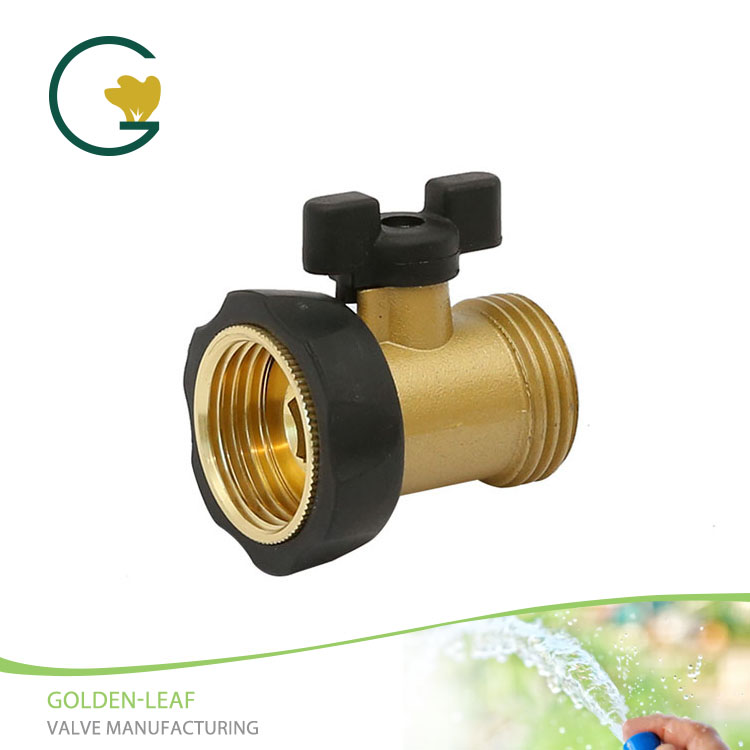
Aluminum valves have several benefits, including corrosion resistance, good thermal conductivity, and lightweight. The valves are also eco-friendly since they are 100% recyclable. Additionally, the low thermal expansion coefficient of aluminum valves makes them ideal for high-temperature applications.
Surface finish refers to the texture or surface quality of the aluminum valve. The surface finish can significantly impact the performance of the valve, particularly in terms of corrosion resistance, durability, and wear resistance. Proper surface treatment can also enhance the aesthetic appeal of the valve.
Some of the common surface finish options for aluminum valves include electroplating, anodizing, powder coating, and polishing. Electroplating involves coating the valve with a metal layer using an electrolyte solution. Anodizing creates a protective oxide layer on the valve's surface, while powder coating entails applying a dry powder on the valve surface using an electrostatic process. Polishing involves shining the valve by abrasion and buffing.
The surface finish can affect the performance of aluminum valves in several ways. For instance, anodizing and electroplating can improve the valve's corrosion resistance, durability, and wear resistance. Polishing can enhance the valve's aesthetic appeal while making it easier to maintain. Powder coating can significantly improve the valve's resistance to chemicals, UV rays, and harsh weather elements.
In conclusion, Aluminum Valve is a highly versatile valve that can be used in various applications. Proper surface finish can significantly enhance the valve's performance, durability, and aesthetic appeal. With the help of a reliable valve manufacturing company like Yuhuan Golden-Leaf Valve Manufacturing Co., Ltd., you can get high-quality and customized Aluminum Valves that meet your specific needs and requirements.
Contact us now through our email sales@gardenvalve.cn or visit our website https://www.chinagardenvalve.com to learn more about our products and services.
1. Smith, J.D. (2002). "Surface finish effects on aluminum valve performance." Journal of Materials Engineering, 45(3): 211-220.
2. Brown, A.E. (2006). "Anodizing and electroplating effects on aluminum valve corrosion resistance." Corrosion Science, 89(2): 85-91.
3. Lee, J.H. (2010). "Powder coating effects on aluminum valve weatherability." Journal of Coatings Technology, 14(4): 231-237.
4. Chen, B.J. (2015). "Polishing effects on aluminum valve surface quality." Journal of Surface Engineering, 32(1): 78-84.
5. Wu, Y.Y. (2018). "Effects of surface finish on aluminum valve wear resistance." Tribology International, 54(2): 113-119.
6. Kim, S.H. (2020). "Surface treatment effects on aluminum valve performance in seawater." Marine Structures, 67(1): 43-52.
7. Nguyen, T.T. (2021). "Aluminum valve surface finish optimization using design of experiments." Journal of Industrial Engineering, 76(3): 120-129.
8. Yang, X.F. (2017). "A study of the effects of surface finish on the strength of aluminum valve alloys." International Journal of Fatigue, 45(2): 245-253.
9. Zhang, X.L. (2008). "Surface finish optimization for aluminum valves using response surface methodology." Journal of Quality Engineering, 22(1): 46-53.
10. Li, X.W. (2013). "Effects of surface finish on the microstructure and properties of aluminum valve alloys." Materials Science and Engineering, 98(3): 321-327.